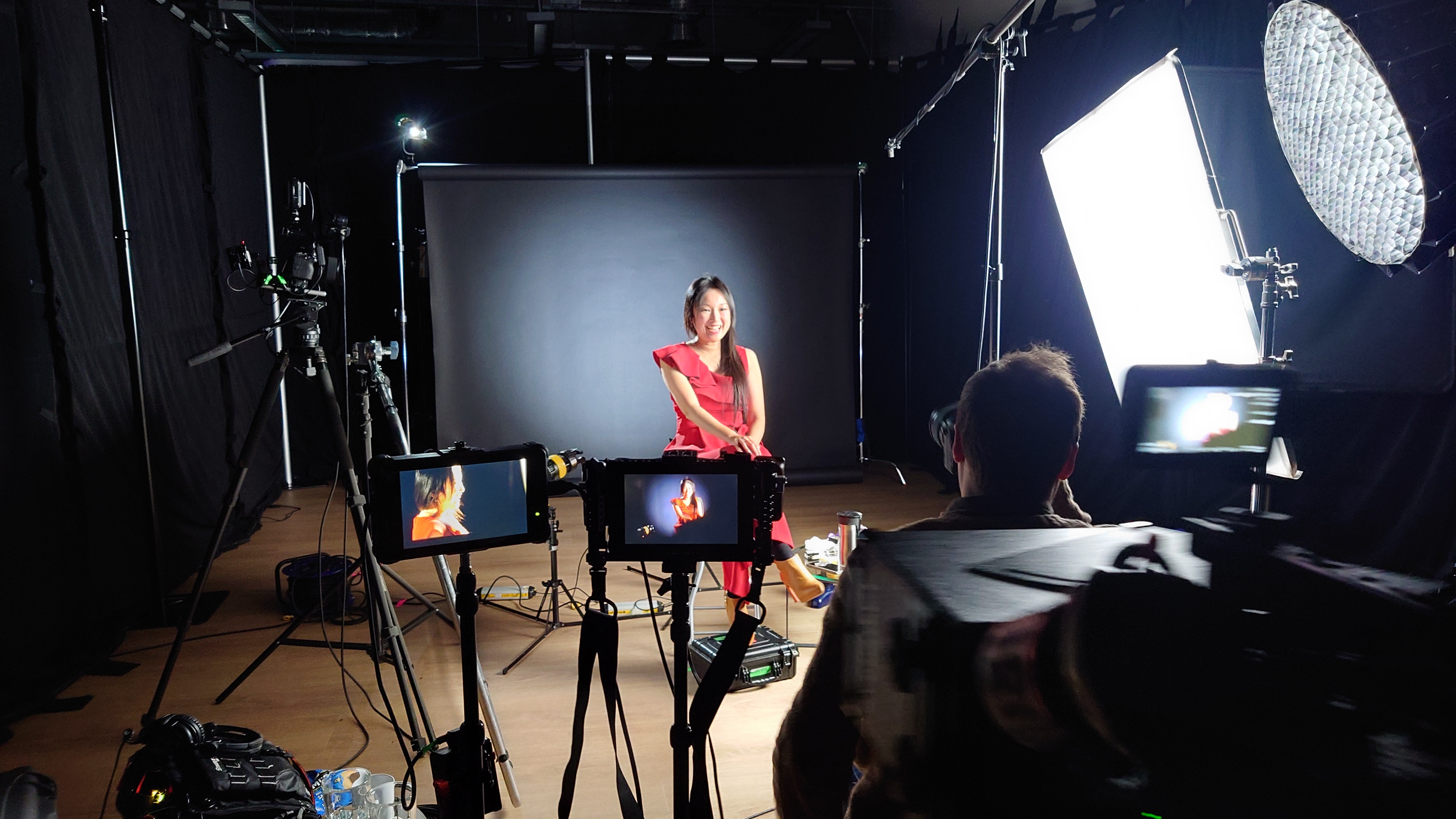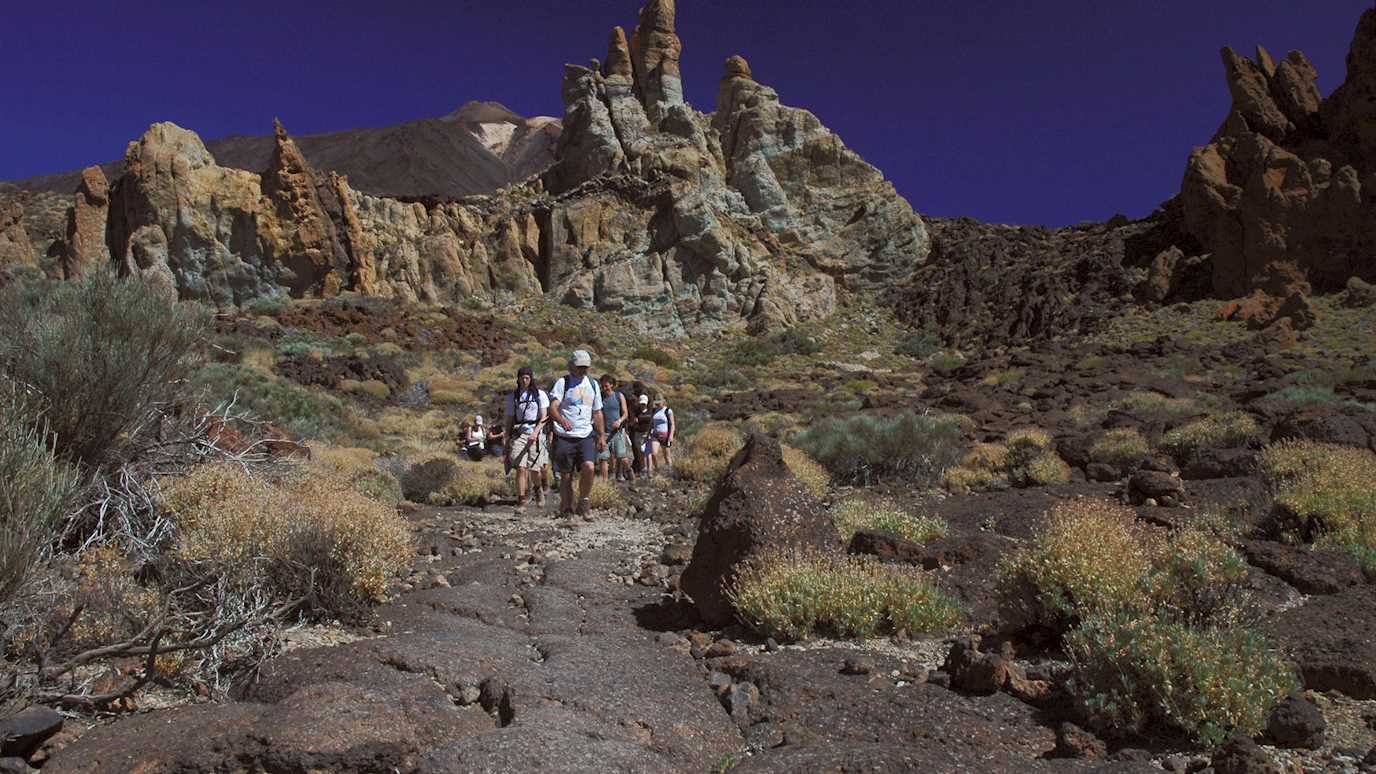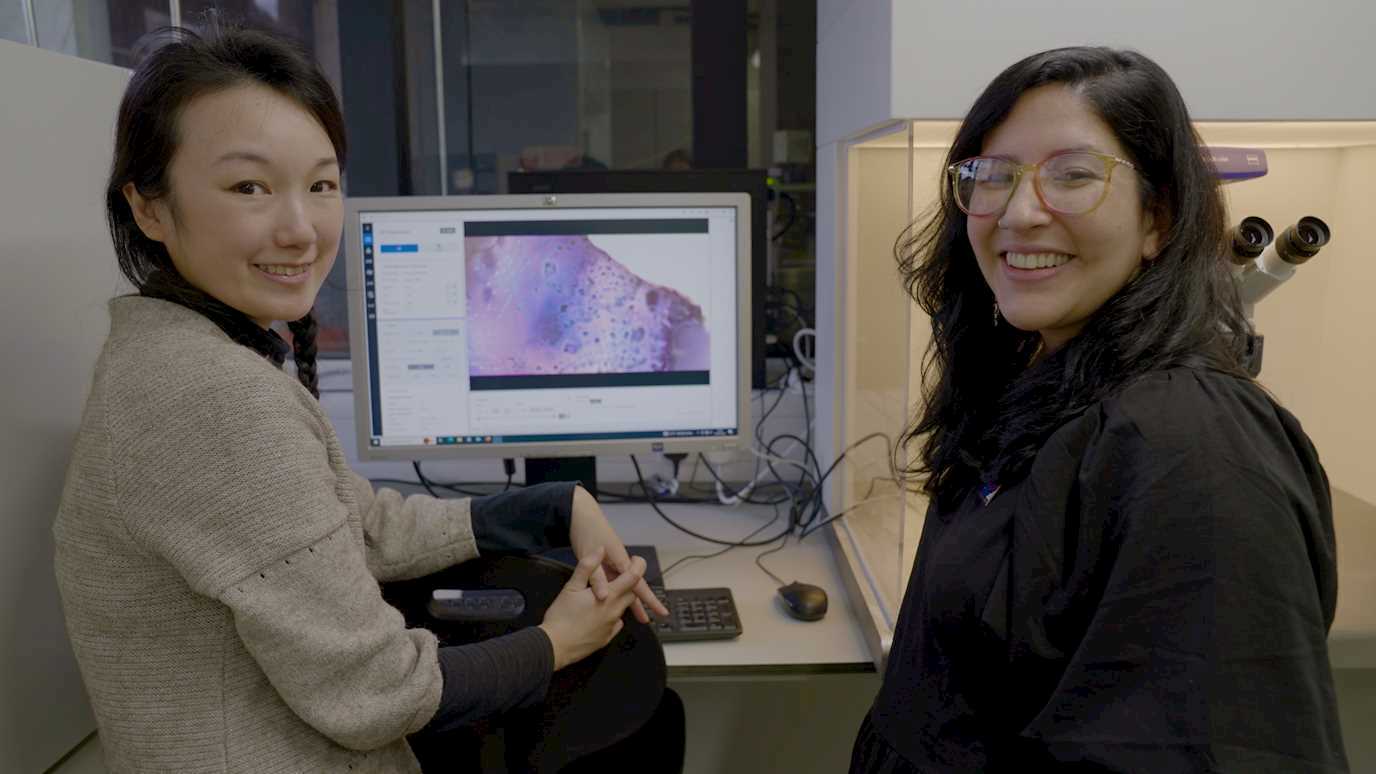Ian Watkinson
Royal Holloway’s 2nd year Earth Science undergraduates enjoyed a week of field geology along Scotland’s rugged and geologically varied western coast
During early October our second year undergrads converged on Oban for a week of field geology on the islands of Mull, Iona, Kerrera and in Glen Coe. Straddling three tectonic terranes and >2.7 billion years of time, they encountered evidence of the collision/collapse and rifting cycle as it was played out several times during the Proterozoic and Phanerozoic.
The trip was blessed with weather that made the remote beaches of the Inner Hebrides look like Caribbean postcards, though Glen Coe was its usual, brooding and windswept self, befitting the explosive history of its central caldera and dramatic human history in more recent times. The field course visited outcrops bearing kyanite, sillimanite, andalusite and exotic micas like phlogopite, plus rocks such as a mafic pegmatite, a garnet amphibolite, pseudotachylites, mylonites and migmatites. We also observed various stages of melting and intrusion processes related to contact metamorphism, slab break-off and mantle plume activity.
The 36 students were superb ambassadors for RHUL, both in their scientific and personal conduct.

Field course participants assembled on top of Stob Mhic Mhartuin. The hill provides a world-class opportunity to observe explosion breccias and other processes related to caldera collapse, at the northern margin of the earliest Devonian Glen Coe caldera.
























